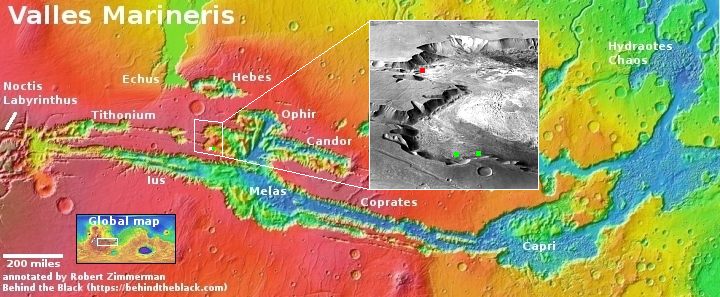Australia moves to make skin color and sex more important in hiring space engineers than skill or knowledge
A new industry group, established with full support of the Australian government, has been formed to encourage the hiring of minorities and women in that nation’s space industry, merely because they are minorities and women.
The Australian Space Diversity Alliance (ASDA) said it aims to support senior leaders and minimise the barriers that marginalised groups face. It comes after a series of reports have shown the sector is lagging behind others in regard to gender disparity, and alongside a talent shortage critics say can only be overcome with a more diverse intake.
ASDA was founded by eight industry figures, including Defence Council of Victoria’s Anntonette Dailey, ANU’s Dr Cassandra Steer, and Raytheon’s Linda Spurr. Defence Connect is one of the group’s industry partners, alongside five state governments, the iLAuNCH Trailblazer initiative, and communications agency The Write Space.
It makes the typical and very bogus claims of these Diversity, Equity, and Inclusion (DEI) programs that because woman comprise only 20% of the people in the space industry and minorities only 5%, bigotry must be involved. And the only solution is more bigotry, by favoring applicants from those groups even it they are less qualified than others.
The possibility that women and minorities might simply not be interested in doing this work is a reality that these race hustlers simply can’t tolerate. No, if women and minorities aren’t represented at a level we believe appropriate, we will make it so, regardless of skills, talent, knowledge or experience.
Expect the entire Australian space industry to suffer because of this effort.
A new industry group, established with full support of the Australian government, has been formed to encourage the hiring of minorities and women in that nation’s space industry, merely because they are minorities and women.
The Australian Space Diversity Alliance (ASDA) said it aims to support senior leaders and minimise the barriers that marginalised groups face. It comes after a series of reports have shown the sector is lagging behind others in regard to gender disparity, and alongside a talent shortage critics say can only be overcome with a more diverse intake.
ASDA was founded by eight industry figures, including Defence Council of Victoria’s Anntonette Dailey, ANU’s Dr Cassandra Steer, and Raytheon’s Linda Spurr. Defence Connect is one of the group’s industry partners, alongside five state governments, the iLAuNCH Trailblazer initiative, and communications agency The Write Space.
It makes the typical and very bogus claims of these Diversity, Equity, and Inclusion (DEI) programs that because woman comprise only 20% of the people in the space industry and minorities only 5%, bigotry must be involved. And the only solution is more bigotry, by favoring applicants from those groups even it they are less qualified than others.
The possibility that women and minorities might simply not be interested in doing this work is a reality that these race hustlers simply can’t tolerate. No, if women and minorities aren’t represented at a level we believe appropriate, we will make it so, regardless of skills, talent, knowledge or experience.
Expect the entire Australian space industry to suffer because of this effort.











